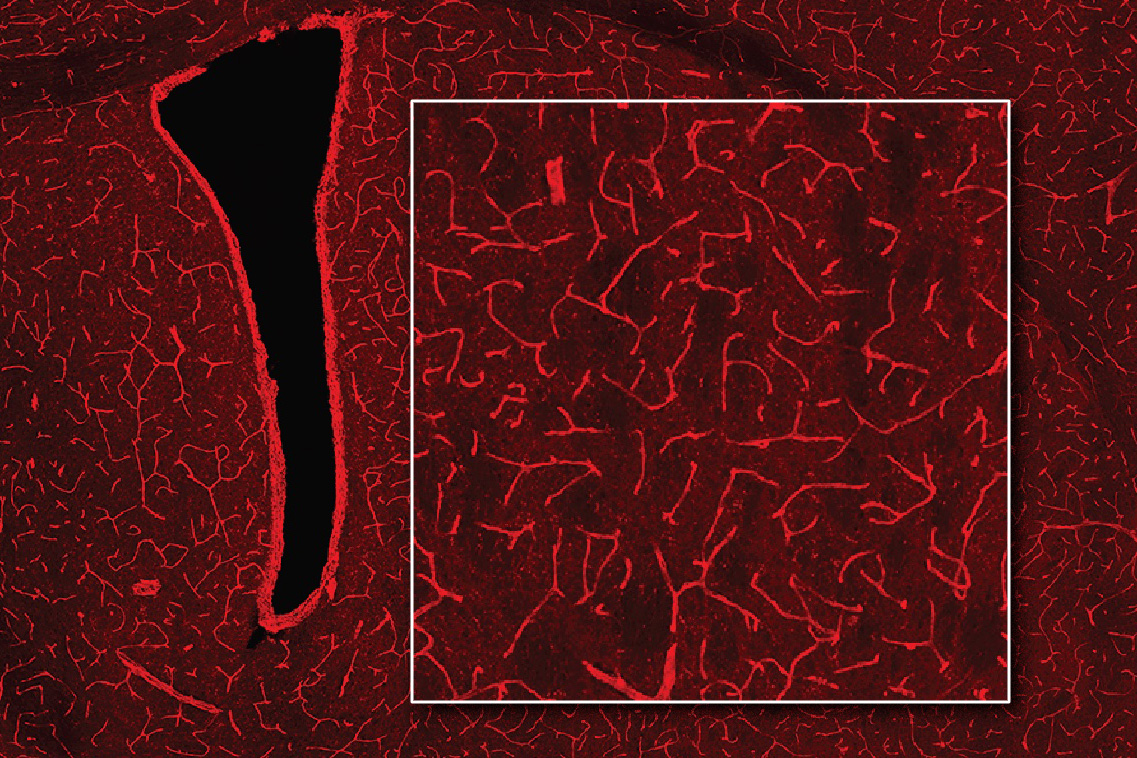Using MRI, engineers have found a way to detect light deep in the brain

🌈 Abstract
The article discusses a novel technique developed by MIT engineers to detect bioluminescence, or light emitted by cells, deep within the brain. The technique involves engineering blood vessels in the brain to express a protein that causes them to dilate in the presence of light, which can then be detected using magnetic resonance imaging (MRI).
🙋 Q&A
[01] Detecting Light in the Brain
1. What is the challenge in using optical tools to image deep tissue like the brain?
- Light scatters too much before it can be detected when trying to image deep within the brain.
2. How did the researchers overcome this challenge?
- They engineered the blood vessels in the brain to express a protein called Beggiatoa photoactivated adenylate cyclase (bPAC) that causes the blood vessels to dilate when exposed to light.
- This dilation can then be detected using MRI, as it alters the balance of oxygenated and deoxygenated hemoglobin, which have different magnetic properties.
3. How did the researchers deliver the bPAC protein to the blood vessels?
- They used a viral vector to deliver the gene for bPAC specifically to the smooth muscle cells that make up the blood vessels.
4. What is the advantage of using the blood vessel network to detect light?
- Every cell in the brain is within a couple dozen microns of a blood vessel, so the blood vessel network acts as a "3D camera" to detect light throughout the brain.
[02] Applications of the Technique
1. How can this technique be used to study gene expression changes in the brain?
- The expression of luciferase, a bioluminescent protein, can be linked to specific genes. This allows researchers to observe how gene expression changes during processes like embryonic development, cell differentiation, or the formation of new memories.
2. What other applications does this technique have for studying the brain?
- It can be used to map anatomical connections between cells and reveal how cells communicate with each other.
3. What are the next steps for the researchers?
- They plan to explore these various applications of the technique, as well as adapt it for use in mice and other animal models.